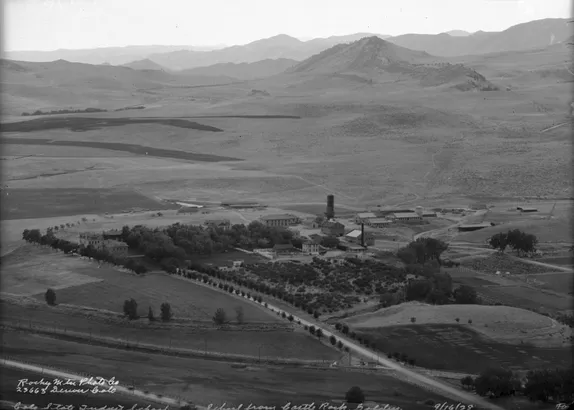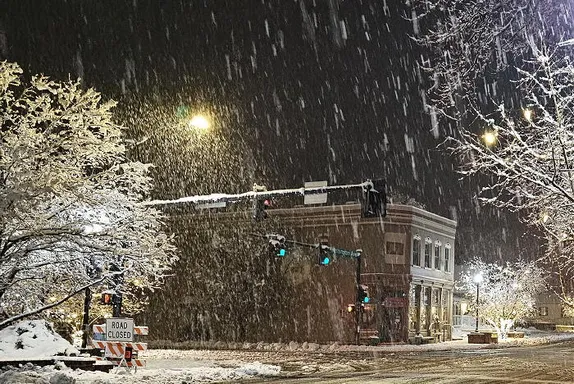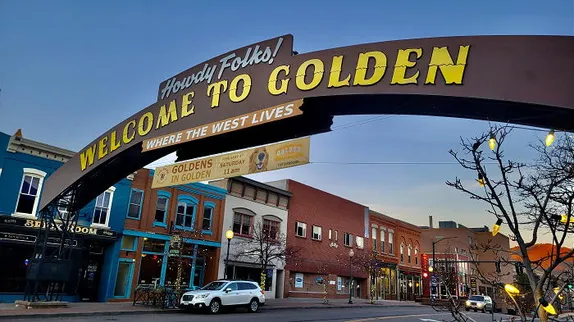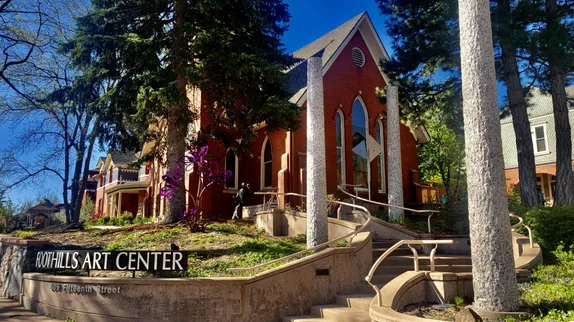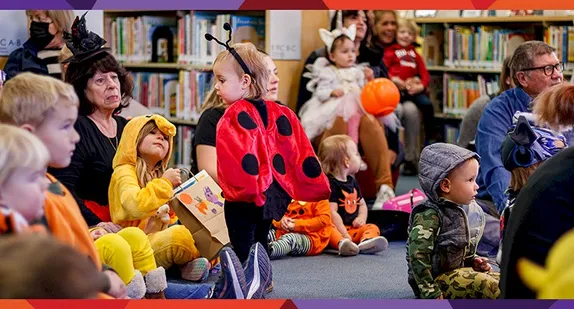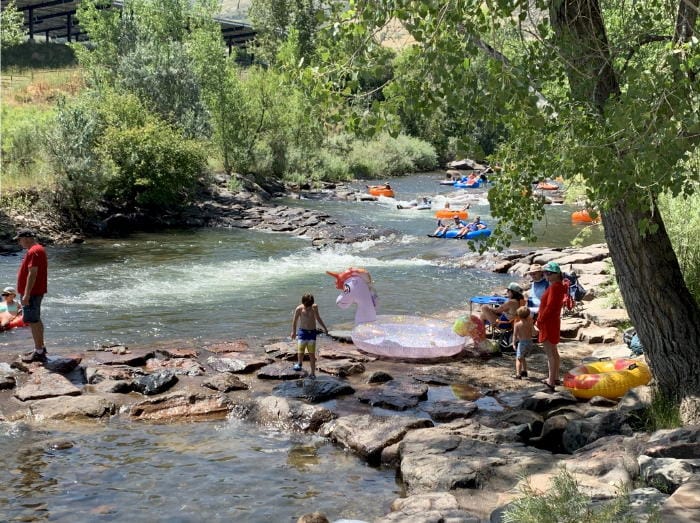

WHAT’S HAPPENING IN GOLDEN TODAY?
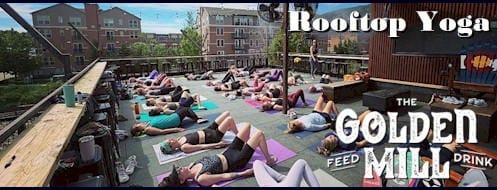
9:30-10:30AM Rooftop Yoga @ The Golden Mill
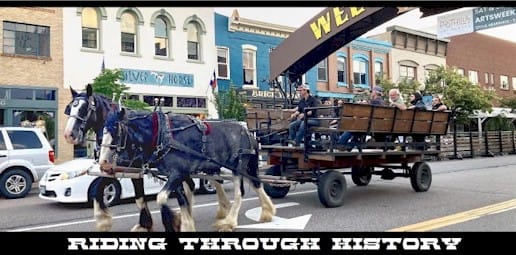
10AM Wagon Ride Through Golden’s History
10AM-3PM Train Rides @ Colorado Railroad Museum
10:15-10:45AM Toddler Time @ Golden Library
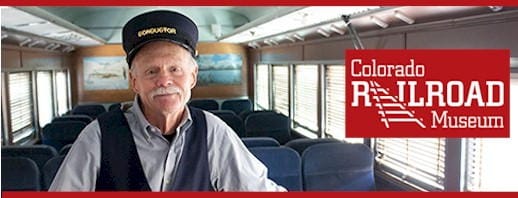
10:30AM and 1:30PM Friday Tour @ Colorado Railroad Museum
12-12:55PM All Levels Yoga (Virtual)
1-1:45PM Silver Sneakers Yoga (Virtual)
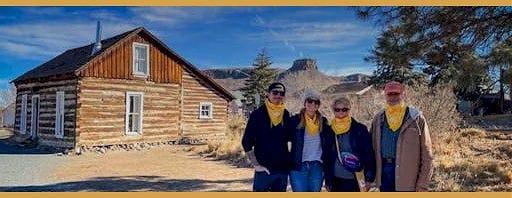
1PM and 4PM Wild West Short Tour
3PM Vaccine, License & Microchip Clinic @ Foothills Animal Shelter
5:30-8:30PM Teen After Hours: Teen Iron Chef @ Golden Library

7:30PM Avenue Q: The Musical @ Miners Alley Playhouse
SEE THE COMPLETE CALENDAR OF EVENTS.

LIVE MUSIC
2PM Dylan Miles @ Over Yonder
5-8PM Live Music @ Eddy Taproom
5:30-8:30PM Cool Shade @ Goosetown Station
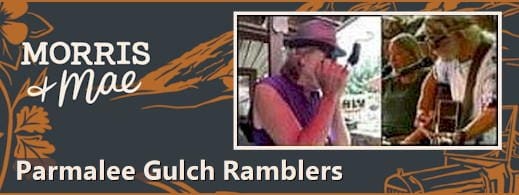
5:30-7:30PM Parmalee Gulch Ramblers @ Morris & Mae
6-10PM Kirstin Kay Band @ Wrigley’s

7-10PM Chuck Fisher @ Buffalo Rose (Sky Bar Stage)
7PM Hillbilly Demons @ Dirty Dogs Roadhouse
9PM Karaoke @ Ace Hi Tavern

SATURDAY PREVIEW
4PM Benefit for Maui Wildfire Relief @ The Golden Mill
The Golden Mill will host their second annual Reggae on the Creek, with proceeds benefitting Maui Strong, a fund developed by the Hawai’i Community Foundation. In collaboration with state and county leaders, nonprofit organizations, and community members. Funding will support evolving needs, including shelter, food, financial assistance and other services.
The event, which typically features oysters by the half and full dozen as well as drink specials and live music, will also incorporate a number of Hawaiian items this year.
Food specials will include:
- Oysters by the half and full dozen
- Mexican ceviche and shrimp cocktail
- Musubi for Maui – a traditional Hawaiian snack and lunch food comprised of fried spam and rice, wrapped in nori
- Happy Cones Ice Cream will host a Maui Waui blender takeover – instead of their traditional New Zealand-style ice cream blended with berries, they’ll be offering a tropical flavor with a blend of mango, banana and pineapple
The Golden Mill will also donate the proceeds from several drinks on the self-pour tap wall, including a Mai Tai and beer from Maui Brewing Company.

GOLDEN HISTORY MOMENT
Prior to World War II, it was rare to see a reference to trash or litter in the newspaper. After the War, the references began to appear every few months, and by the 1970s, they came in a deluge. As I noticed this, I couldn’t help but wonder–did people suddenly become more prone to dropping trash, or did we just suddenly begin to care? The answer, of course, is both.

There was more trash.
Many industries adopted “planned obsolescence” into their growth plans. They weren’t designing things to last forever; they expected them to be used for a few years and then replaced. As a result, within a few years we began to accumulate discarded appliances, cars, etc. At that time, most homes didn’t have regular trash pickup–they burned most of their trash and had to take unburnable things to a dump, and pay a fee. As a result, many discarded things began to accumulate in convenient ravines and along country roads.
Councilman Fritz Brennecke called attention to litter, trash, and old car bodies in the area of south Illinois Avenue towards the Industrial school on “the old Hogback road.” Police Chief Ed Dohlman said the industrial school is using an old clay pit in that general area for a dump ground and trash is probably blowing out of the dump area.
Colorado Transcript – December 19, 1963
Plastic was adopted in a big way after the war. It really is a miracle material: it’s cheap, it can be molded into any shape, and it can be made either very weak or very strong. After the War, more and more things were made of plastic and designed to be thrown away. A razor is a prime example: razors used to be permanent possessions, with blades made to be sharpened. First razor blades became disposable, and now the entire razor is intended to be discarded when the blade becomes dull.
Packaging has been a growth industry for the past hundred years. Food used to be stored in bulk and dispensed by grocers, with minimal packaging (imagine a bin of spices, a jar of penny candy, or a joint of beef behind a butcher counter). After the War, grocery stores became self-service supermarkets, and food needed to be packaged so it could sit on a shelf or in a freezer case.
A February 9, 1956 Colorado Transcript discussed the problem. They did a study of Washington Avenue on a day when the street had been swept in the morning. By 12:45PM, they found the following in the gutters:
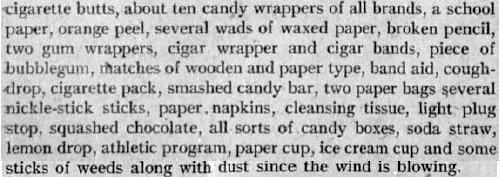
A 1954 article written by a Golden High School student (when the high school was located across from Parfet Park) mentions the “bright and clean” park he sees when he arrives and school, then describes it after the students have eaten lunch there: “Our beautiful park has taken on the appearance of a dump. Lunch sacks, scraps of paper, and discarded apples litter the length and breadth of our private playground.”
As the piles of trash grew deeper, public consciousness of the problem grew. This was partly the result of a successful ad campaign run by the Keep America Beautiful organization, which was formed in 1953. In the 1960s, they began running television commercials showing Americans throwing trash out of car windows. Their greatest hit was the “Crying Indian” ad, released in 1971 and still considered one of the most effective Public Service Announcements of all time.
Throughout the 1960s and ’70s, states began introducing fines for littering.
More than $15,000 of game cash license money was used during 1968 to clean up bottles, cans and trash from fishing lakes around the state…. Would-be litterbugs might keep in mind that the fine for littering in Colorado is $100. It’s much cheaper to use a litter bag.
Colorado Transcript, January 9, 1969
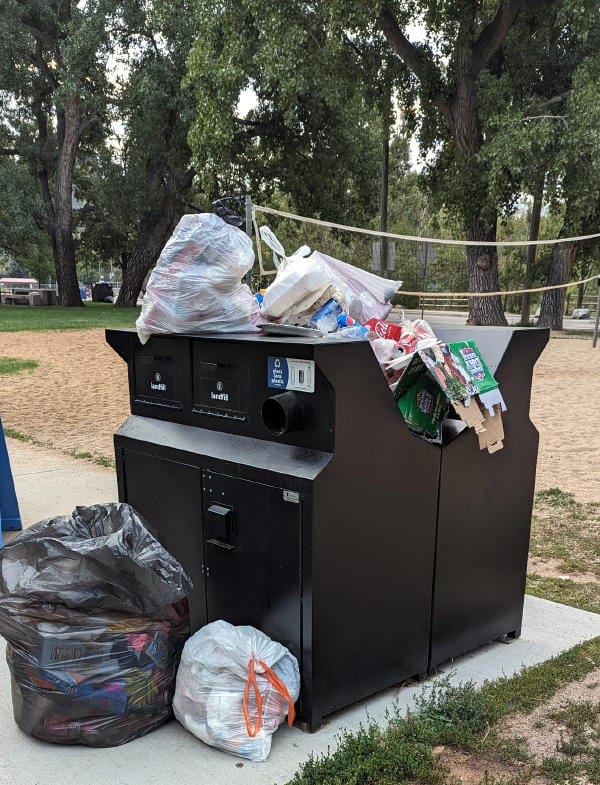
Whether it was the ad campaign or Americans just realized on their own that they couldn’t keep littering forever, the world is a cleaner place now than it was 50 years ago. People use the downtown trash and recycling containers so assiduously that they regularly exceed capacity–but at least the trash is more centralized.

Thanks to the Golden History Museum for providing the online cache of historic Transcripts, and to the Golden Transcript for documenting our history since 1866!

GOLDENTODAY IS BROUGHT TO YOU BY:
Many thanks to the people and organizations who support What’s Happening in Golden? If you would like to support local news, please CLICK HERE!
AUGUST SPONSORS: Buffalo Rose, Buglet Solar, Foothills Art Center, Golden City Brewery, Golden Cultural Alliance, Golden History Museum, Golden Super Cruise, Miners Alley Playhouse, The Golden Mill, Golden Chamber of Commerce, Golden History Tours, Morris & Mae Market, Miners Saloon, Joy and Jack Brandt, Tom Reiley
Contributors: Greg Poulos, Vic DeMaria, Cynthia Merrill Tamny, Barry and Liz Bettis, Steve Enger
Ongoing Monthly Supporters:
Tall Pines Painting, Baby Doe’s Clothing, Golden Community Garden, Carol & Doug Harwood, Jennings & Litz, Bill Fisher, Brian Quarnstrom, Casey & Gina Brown, Cheryl & Tom Schweich, Robert Storrs, Karen Smith, Sandy Curran, Paul Haseman, Michele Sannes, Kathy Smith, Crystal Culbert, Pat Madison, Donna Anderson, Ann Pattison, Carol & Don Cameron, Tom Hughes, Emeline Paulson, Susan Gray, David Smith, Karen Oxman, Laura King & Scott Wilson, Bill Sedgeley, Mariane Erickson, Carol Abel, Dot & Eric Brownson, Ann Norton & Jonathan Storer, Deb Goeldner, Rosemary Coffman, Jim & LouAnne Dale, Francine Butler, Elaine Marolla, Dixie Termin & Ron Miller, John & Andi Pearson, Chris Ball, Tom Hoffman, Patrick & Lisa Vitry, Alice Madison & Jim Kalivas, Lora Haimes, and Nancy & Carlos Bernal
PREVIOUS ARTICLES – SUBSCRIBE TO WHAT’S HAPPENING IN GOLDEN

